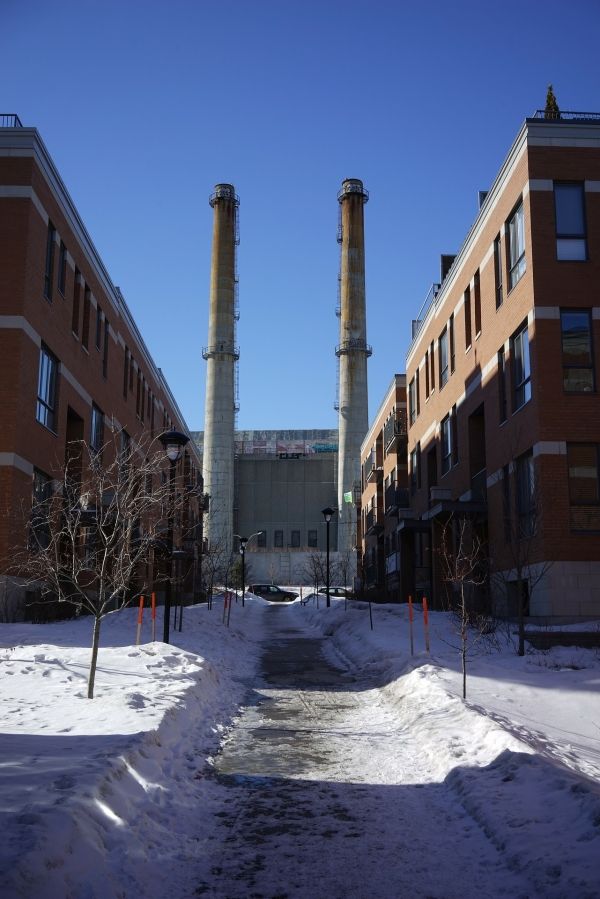To avoid the most destructive consequences of climate change, the world’s electric energy systems must stop producing carbon by 2050. It seems like an overwhelming technological, political, and economic challenge — but not to Nestor Sepulveda.
“My work has shown me that we do have the means to tackle the problem, and we can start now,” he says. “I am optimistic.”
Sepulveda’s research, first as a master’s student and now as a doctoral candidate in the MIT Department of Nuclear Science and Engineering (NSE), involves complex simulations that describe potential pathways to decarbonization. In work published last year in the journal Joule, Sepulveda and his co-authors made a powerful case for using a mix of renewable and “firm” electricity sources, such as nuclear energy, as the least costly, and most likely, route to a low- or no-carbon grid.
Read more at Massachusetts Institute of Technology
Image by Gilles Tarabiscuité from Pixabay


